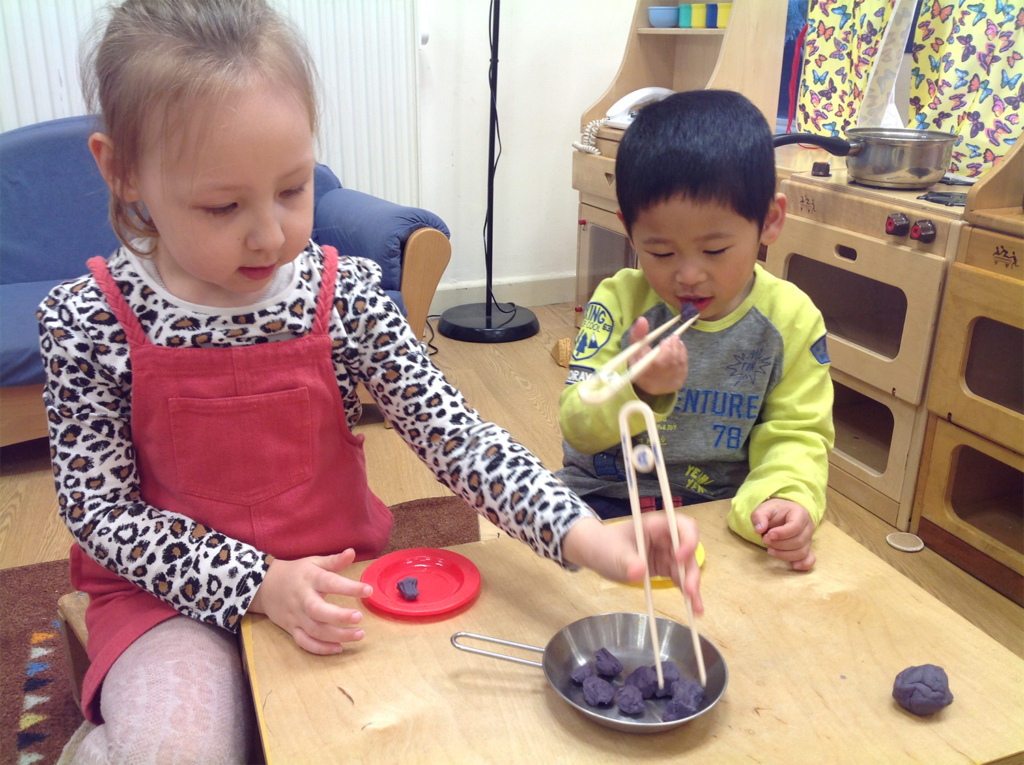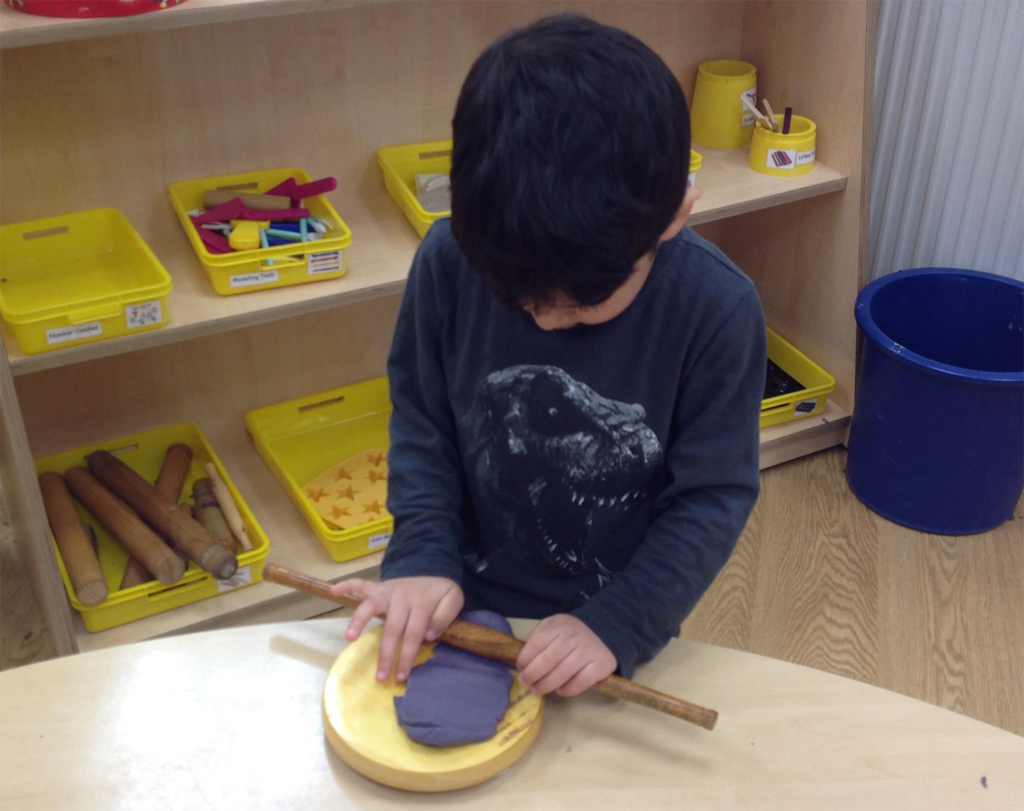Hearing the Silent children of Walsall was the title chosen for the practitioner’s toolkit, it makes reference to the bilingual children who are often nonverbal when they start a setting. The toolkit provides a summary of current research and thinking around bilingualism and exemplifies good bilingual practice in a number of case studies from Walsall schools, support services and effective interventions. The toolkit also provides a number of improvement tools for practitioners to use such as an EAL Learning Walk, audit tool, bilingual booklist and bilingual myth-busting quiz.
The aim of the toolkit was to deliver seven key messages that every Early Years practitioner needs to hear:
- English isn’t just absorbed it needs to be taught and practised.
- Low expectations of children with EAL lead to low outcomes for children with EAL.
- Every practitioner needs to fully understand the silent period in order to support it.
- When children are in the silent period they are at risk of being verbally and socially neglected by both their peers and practitioners.
- Quality adult interaction is what makes the biggest difference for bilingual children.
- We need to be able to identify additional needs early, but careful not to over-identify bilingual children as having special educational needs.
- Bilingualism isn’t a barrier to learning if we focus on high quality interactions and interventions.
Every bilingual child deserves ‘language aware practitioners’; practitioners who understand language development and the risk factors to underachievement, who can recognise what good bilingual practice looks like in the classroom and have high aspirations to reach and sustain it. Practitioners who use a wide range of effective strategies to support interactions and vocabulary development, in an environment that is created to celebrate diversity and enrich children’s play. The practitioner’s toolkit was designed to embrace, celebrate and support improvements in bilingual practice across Walsall.
View the range of TTS EAL resources here
With thanks to Andrina Flinders, a nursery head teacher and author for writing this blog post.





